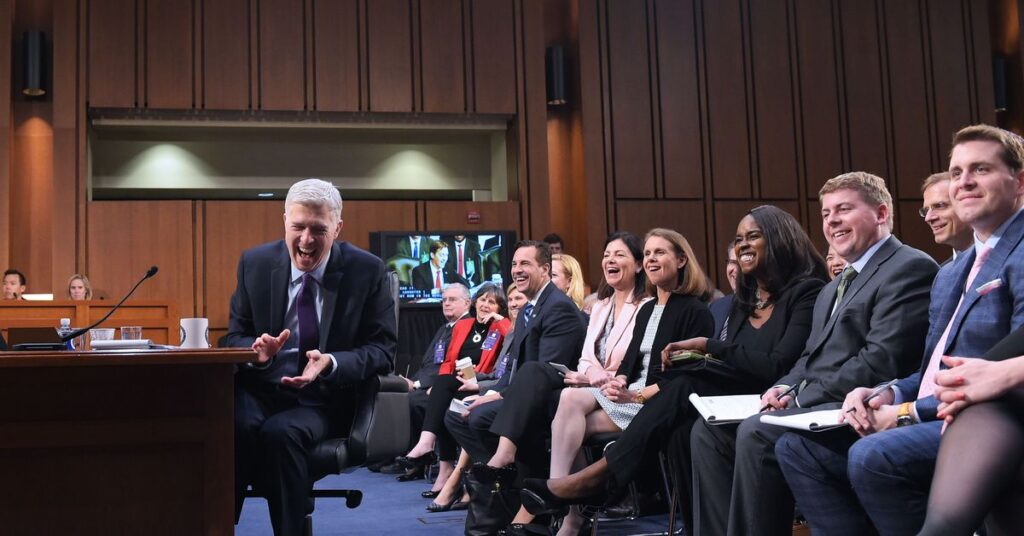The Supreme Court announced on Monday that it will reconsider one of its modern foundational decisions, Chevron v. National Resources Defense Council (1984), which for decades defined the balance of power between the federal judiciary and the executive branch of government.
Chevron established that courts ordinarily should defer to policymaking decisions made by federal agencies, such as the Environmental Protection Agency or the Department of Labor, for two reasons: Agencies typically have far greater expertise in the areas they regulate than judges, and thus are more likely to make wise policy decisions. And, while federal judges are largely immune from democratic accountability, federal agencies typically are run by officials who serve at the pleasure of an elected president — and thus have far more democratic legitimacy to make policy choices.
Nevertheless, next term the Court will hear a case, Loper Bright Enterprises v. Raimondo, which explicitly asks “whether the court should overrule Chevron.” In the reasonably likely event that the Court does overrule this seminal decision, that would mean the death of one of the most cited decisions in the federal judiciary — according to the legal database Lexis Nexis, federal courts have cited Chevron in over 19,000 different judicial opinions.
Indeed, Chevron is arguably as important to the development of federal administrative law as Brown v. Board of Education (1954) was important to the development of the law of racial equality.
And a decision overruling Chevron would also make the United States far less democratic. One of the Supreme Court’s most consequential projects in the last several years, a project that took off after former President Donald Trump remade the Court with three appointees, has been concentrating authority over federal policymaking within the Court itself. This project necessarily shifts power away from the other two branches, whose leaders are elected, and to the unelected…
Read the full article here





